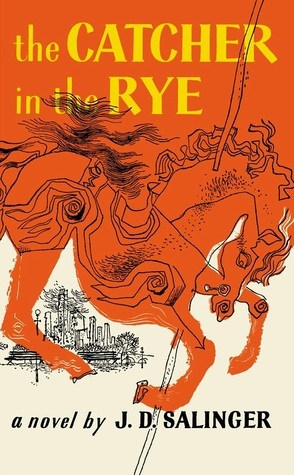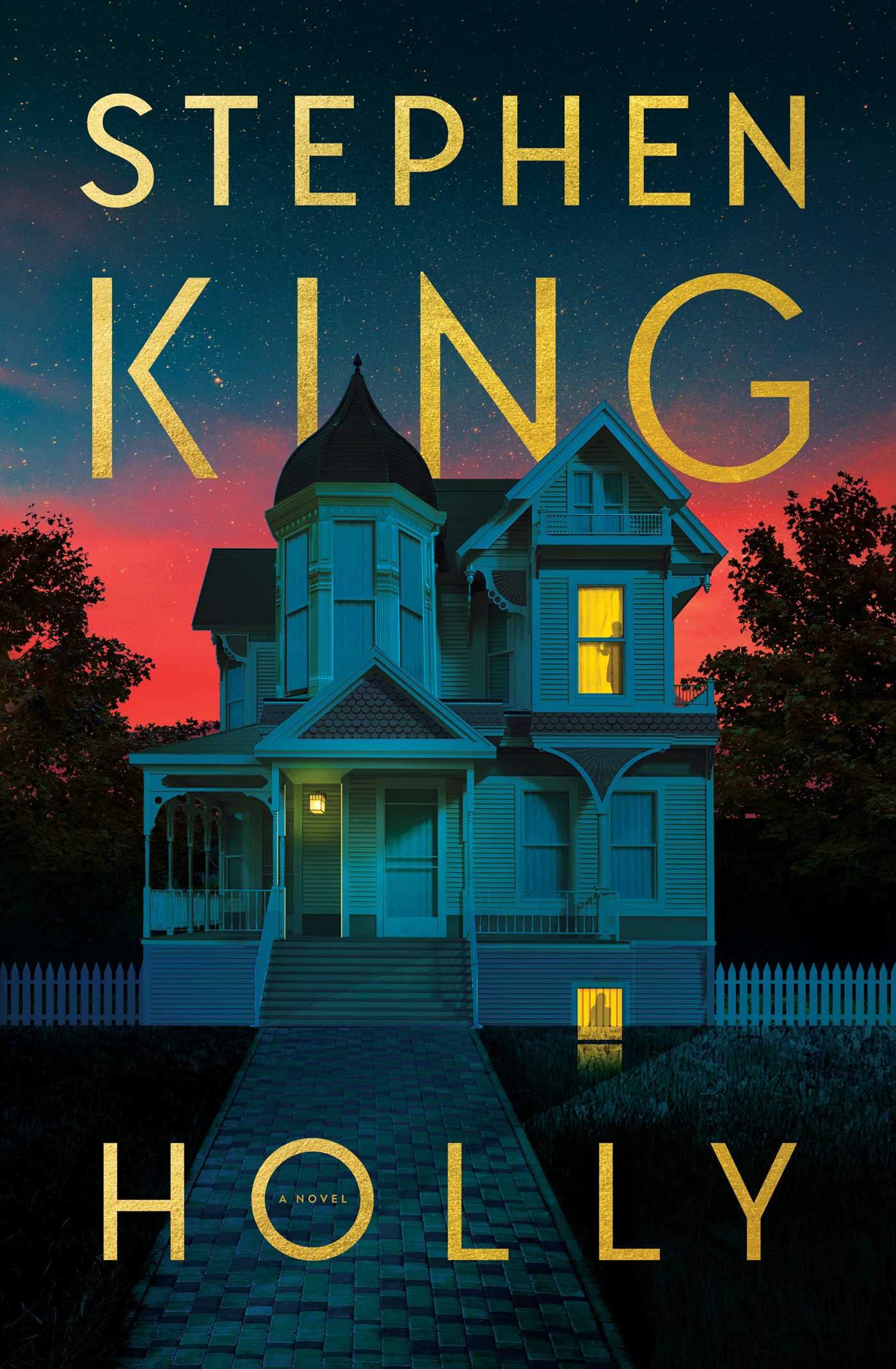Chapter 28: The Investigation Expands
byChapter 28 sees Holly Gibney steadfast in her investigation into the disappearance of Cary Dressler, convinced that unraveling his connections within the local bowling scene might offer new leads. She begins her search at Strike Em Out bowling alley, where she meticulously studies a framed photograph of the Golden Oldies team, a group Cary was closely associated with. As she discreetly captures the image on her phone, her attention lingers on a young Barbara Robinson among the team members, a reminder of how deeply intertwined lives can become over time.
Seeking more insight, Holly arranges a meeting with Hugh Clippard, a longtime member of the Golden Oldies, whose luxurious home is a stark contrast to the down-to-earth setting of their usual gathering spot. Clippard, though eager to share memories of Cary, presents a perspective that complicates Holly’s understanding of his relationships within the team. Beyond his easygoing demeanor and love for the sport, Cary had been known to provide marijuana to several members, a detail that adds an unexpected layer to his involvement with the group.
Holly listens intently as Clippard reminisces about the bowling nights and the camaraderie that once defined the Golden Oldies. The nostalgia in his voice is tinged with sadness as he acknowledges the slow erosion of their once-close group, with age and loss reshaping their dynamic. Though the conversation is peppered with humorous anecdotes, an undeniable sense of melancholy seeps through as Clippard reflects on how the disappearance of Cary has left an emptiness that is difficult to ignore.
The revelation about Cary’s side business dealing marijuana leaves Holly with more questions than answers, prompting her to reconsider what she initially thought was a straightforward missing persons case. If Cary was involved in dealings beyond bowling, there is a chance his disappearance wasn’t random, but rather tied to something more deliberate. As she mentally maps out her next steps, she resolves to interview additional team members, knowing that each interaction may reveal new pieces of a puzzle she is still struggling to assemble.
Meanwhile, Barbara Robinson finds herself in a battle with her own thoughts, staring blankly at the pages of an unfinished essay, feeling trapped in a cycle of creative frustration. The weight of expectation looms over her, making every attempt at structured writing feel rigid and uninspired. Searching for clarity, she turns to movement, allowing herself to break free from the stillness of her desk and find relief through physical exertion.
As Barbara loses herself in motion, something clicks—an epiphany that challenges the conventional framework she has been trying to force her work into. Poetry, she realizes, is her most authentic form of self-expression, not the rigidly formatted essay she had been attempting to craft. In an act of rebellion, she takes her notebook and ignores the structured lines, writing freely across the page, letting her words flow without inhibition or concern for academic expectations.
This breakthrough fuels her confidence, and for the first time in weeks, she feels a sense of creative liberation. Instead of molding her submission to fit a predetermined format, she embraces the honesty of her voice, trusting that her unconventional approach will resonate far more than a carefully calculated essay. The decision is empowering, reinforcing the idea that true artistry comes not from rigid adherence to structure, but from the ability to embrace one’s individuality.
As the chapter unfolds, Holly and Barbara navigate their respective journeys—one in pursuit of answers, the other in pursuit of creative authenticity. Holly’s investigation into Cary Dressler’s disappearance exposes the fractures within a fading community, forcing her to confront the reality that the past is never as simple as it seems. At the same time, Barbara’s self-discovery reminds her that personal expression should never be compromised, setting her on a path of renewed confidence and artistic clarity.
Both women, though on different paths, find themselves confronting the complexities of change, identity, and the search for meaning in a world that often demands conformity. Whether through the unraveling of a mystery or the defiant creation of art, they each take steps toward uncovering deeper truths—about those they seek, about themselves, and about the ever-evolving nature of human connection.


